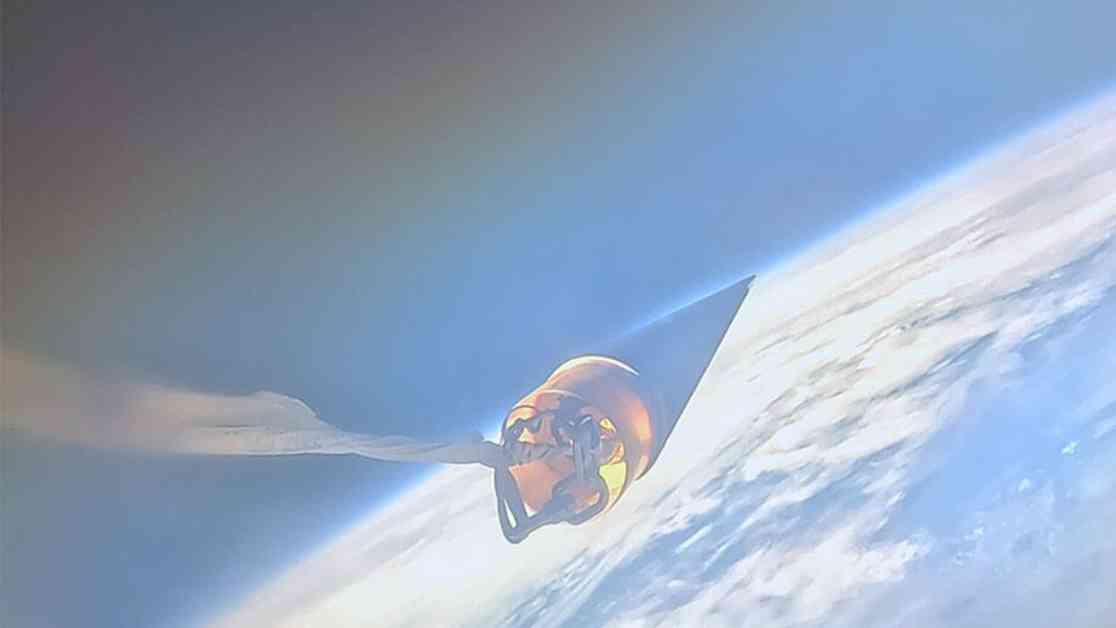A group of U.S. students from the University of Southern California’s (USC) Rocket Propulsion Lab (RPL) has set new world records by launching a homemade rocket, named Aftershock II, higher and faster into space than any other amateur rocket before. The rocket reached a maximum altitude of 470,000 feet above Earth’s surface, breaking the previous record of 380,000 feet set by China’s Civilian Space Exploration Team in 2004.
Aftershock II broke the sound barrier just two seconds after liftoff and reached its maximum speed of around 3,600 mph (5,800 km/h), or Mach 5.5, within 19 seconds of launch. The rocket continued to climb even after its engine burned out, leaving Earth’s atmosphere 85 seconds after launch and reaching its highest elevation 92 seconds later. The nose cone detached and deployed a parachute for a safe landing in the desert, where the RPL team collected it for further analysis.
The student team behind Aftershock II achieved several engineering firsts with the rocket, including the most powerful solid-propellant motor ever fired by students and the most powerful composite case motor made by amateurs. The rocket was coated in a new type of heat-resistant paint and equipped with titanium-coated fins to withstand the intense heat generated at hypersonic speeds.
The students also designed a new control unit for the rocket, named High Altitude Module for Sensing, Telemetry, and Electronic Recovery (HASMTER), which tracked the rocket’s flight and deployed the parachute. The success of the Aftershock II project demonstrates the students’ dedication and expertise in rocket engineering.
The RPL team at USC has a history of success in rocket launches, with a previous group becoming the first student-led team to launch a rocket past the Kármán line, the boundary where space officially begins. The recent achievements of the student team at USC highlight the excellence and ambition of emerging astronautical engineers.
Overall, the record-breaking launch of Aftershock II showcases the incredible talent and innovation of the student engineers at USC’s Rocket Propulsion Lab. Their groundbreaking achievements in rocket engineering push the boundaries of what is possible for amateur rocketry and inspire future generations of space explorers.










